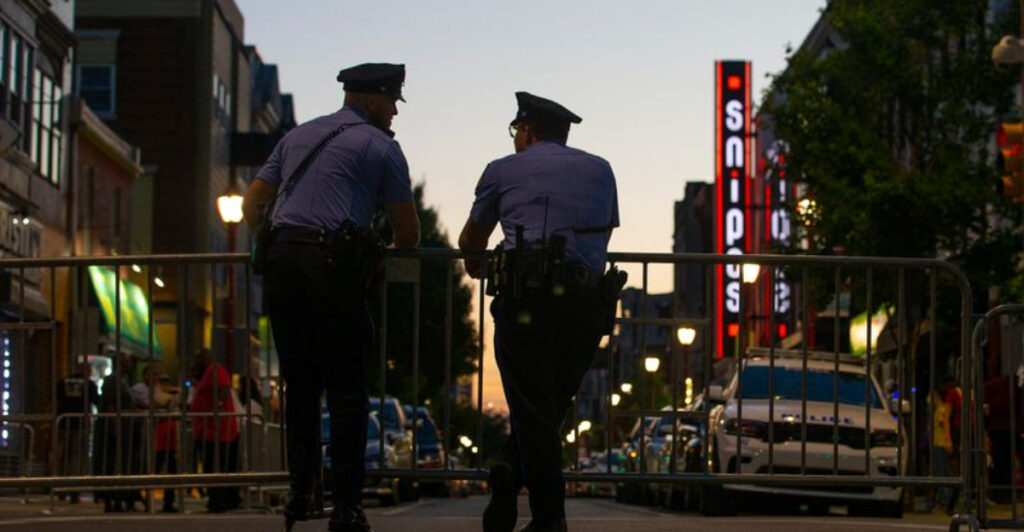Curfews have been a longstanding measure to ensure safety and reduce crime in many U.S. cities. While some are aware of the curfews in major cities, there are several places with lesser-known regulations concerning minors and their activities after dark. This article explores 13 such cities where curfews are in place, providing insights into their rules, enforcement, and community impact.
1. Indianapolis, Indiana
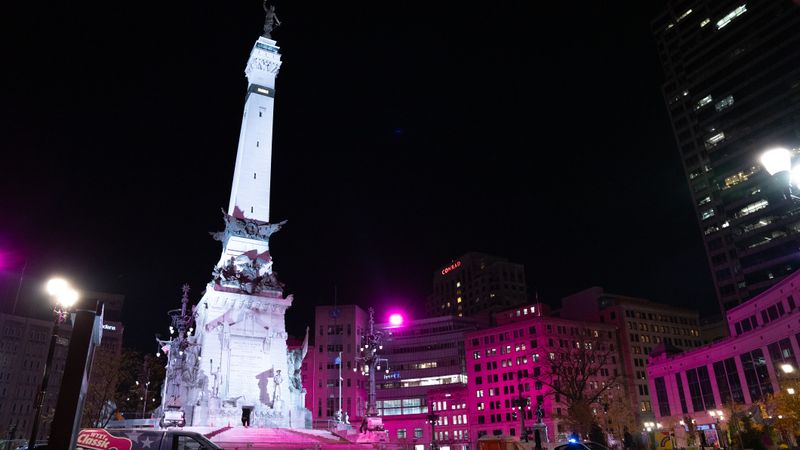
In Indianapolis, the curfew laws affect different age groups with specific time restrictions. Minors under the age of 15 are not allowed in public spaces between 11 p.m. and 5 a.m. on any day. Teenagers aged 15 to 17 face slightly relaxed regulations but still must adhere to the curfew of 11 p.m. on weekdays. On weekends, this time extends to 1 a.m. These regulations are in place to prevent youth crimes and ensure their safety during late-night hours. The city believes that such measures are necessary to reduce the chances of minors becoming involved in unfavorable situations after dark.
2. Birmingham, Alabama
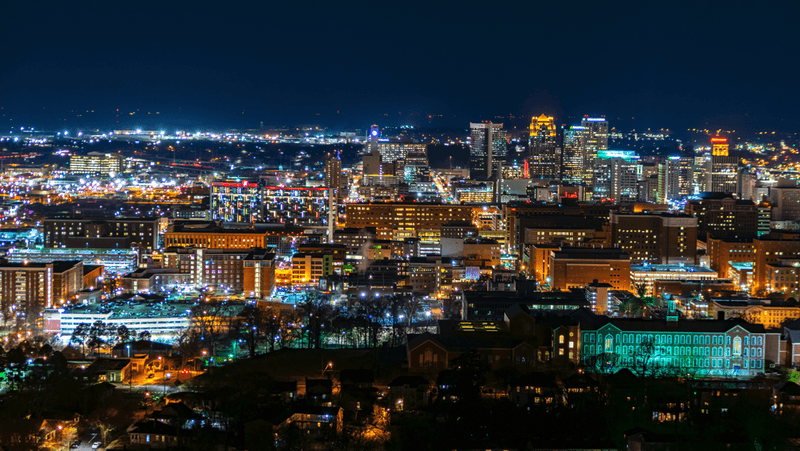
Birmingham enforces a curfew that is strictly monitored by local authorities, aimed at protecting minors from potential harm. The law stipulates that children under 17 cannot be in public spaces after 9 p.m. on weekdays, extending to 11 p.m. on weekends. These curfew times aim to deter juvenile crime and ensure a safer environment for all residents. Non-compliance can result in fines up to $500, and in cases of repeated violations, there may be potential jail time. The city’s curfew policy is part of a broader effort to enhance community safety and prevent youth-related disturbances during nighttime hours.
3. Los Angeles, California

In the sprawling city of Los Angeles, both city and county have adopted curfew regulations to maintain order and safety. The curfew prohibits individuals under 18 from being in public spaces between the hours of 10 p.m. and sunrise. This law is enforced with a few standard exceptions, such as when minors are accompanied by a guardian or engaged in work-related activities. The curfew is a component of a larger initiative to control late-night disturbances and prevent youth-related incidents. Los Angeles views this approach as essential in maintaining the safety and tranquility of its community.
4. San Diego, California
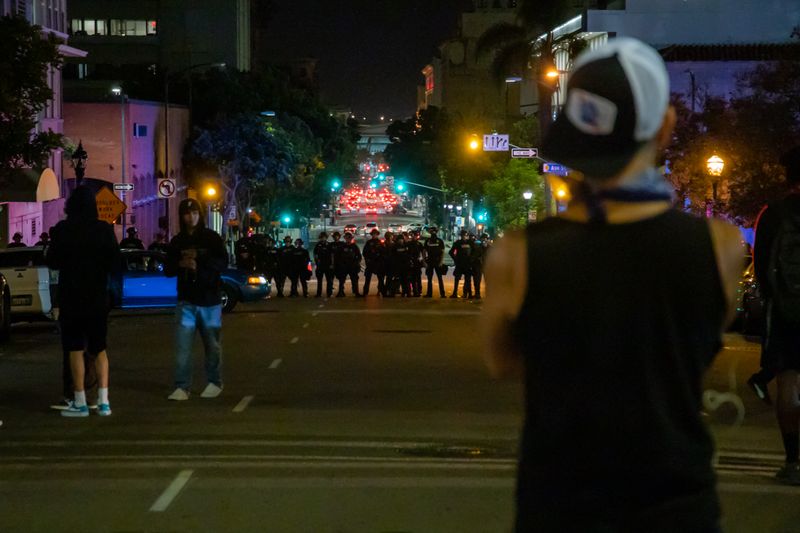
San Diego implements a dual approach to curfews, focusing on both daytime and nighttime regulations. During school days, there is a daytime loitering restriction from 8:30 a.m. to 1:30 p.m., complementing the nighttime curfew from 10 p.m. to 6 a.m. This comprehensive approach aims to ensure that minors are present in school and safely at home during late hours. The city’s regulations strive to deter truancy and prevent youth from engaging in unsupervised night activities. San Diego’s curfew is part of a broader strategy to improve community safety and promote responsible behavior among minors.
5. Philadelphia, Pennsylvania
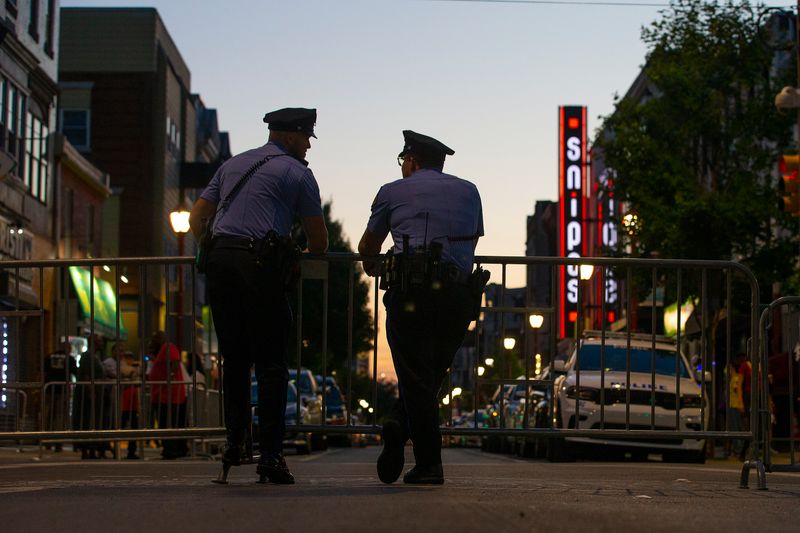
Philadelphia’s curfew laws have roots tracing back to the 1950s and have been adapted over the years to address changing societal needs. Recently, the city expanded its curfew policy to include 16 and 17-year-olds, requiring them to be off the streets by 10 p.m. These measures are in response to concerns about rising violent crimes and aim to safeguard young residents. While some studies question the effectiveness of curfews, Philadelphia believes in their potential to reduce youth-related incidents. Enforcement has been a topic of debate, particularly regarding its impact on marginalized communities.
6. Chicago, Illinois
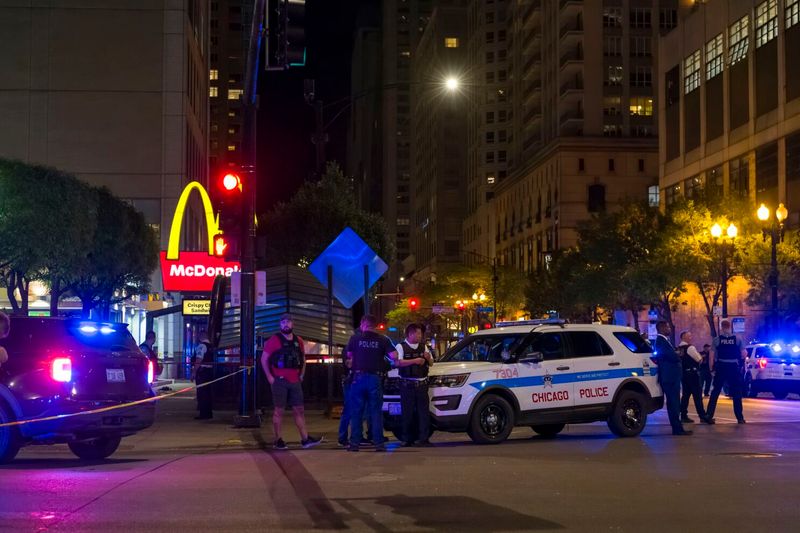
In Chicago, curfew enforcement is a dynamic issue, with neighborhood leaders advocating for earlier restrictions in response to safety concerns. Officially, the city enforces a curfew for minors under 17, starting at 10 p.m. on weekdays and 11 p.m. on weekends. These measures aim to mitigate risks associated with youth activities in public spaces during late hours. Beyond the city’s official policy, there’s a push from some community leaders to lower the curfew to 8 p.m. Amid debates over public safety, Chicago continues to refine its approach to ensure the well-being of its youth and broader community.
7. Washington, D.C.
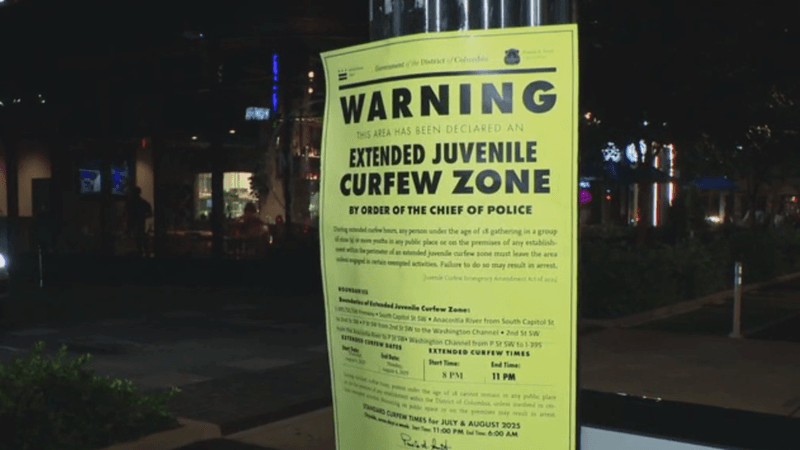
Washington, D.C., enforces a curfew for minors under 18, beginning at 11 p.m. on weekdays and midnight on weekends. This policy aims to prevent youth-related disturbances in nightlife areas. The mayor has proposed moving the curfew earlier, possibly to 7 or 8 p.m., following incidents involving minors. The capital’s curfew is part of a broader strategy to manage nighttime safety and reduce juvenile crime. While the effectiveness of curfews is sometimes debated, D.C. maintains that such measures are crucial for the community’s overall safety and security.
8. Houston, Texas
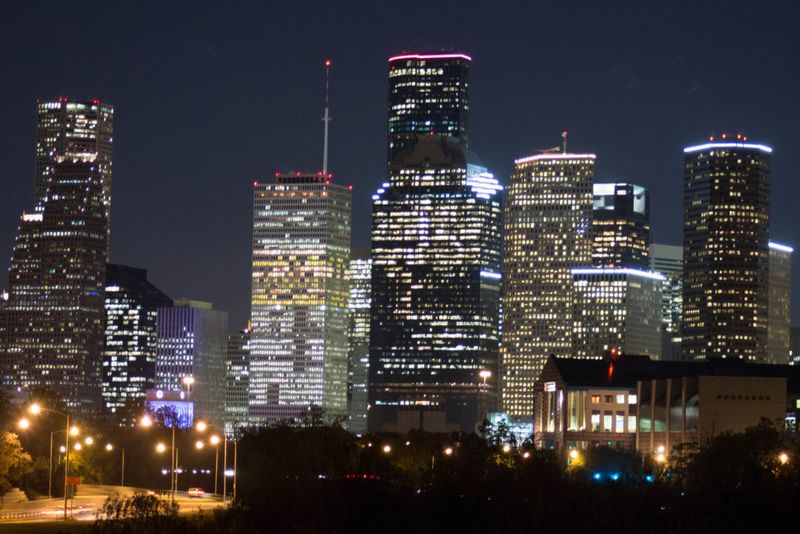
Houston has a longstanding curfew policy aimed at reducing youth-related incidents during night hours. The curfew, similar to those in other major cities, prohibits minors from being in public spaces after certain evening hours. This regulation is part of an effort to maintain order and prevent crime involving youth. The city’s approach to curfew enforcement mirrors those of other urban centers, emphasizing the need for safety and discipline. Through these measures, Houston seeks to foster a secure environment for all its residents, especially its younger population.
9. Atlanta, Georgia
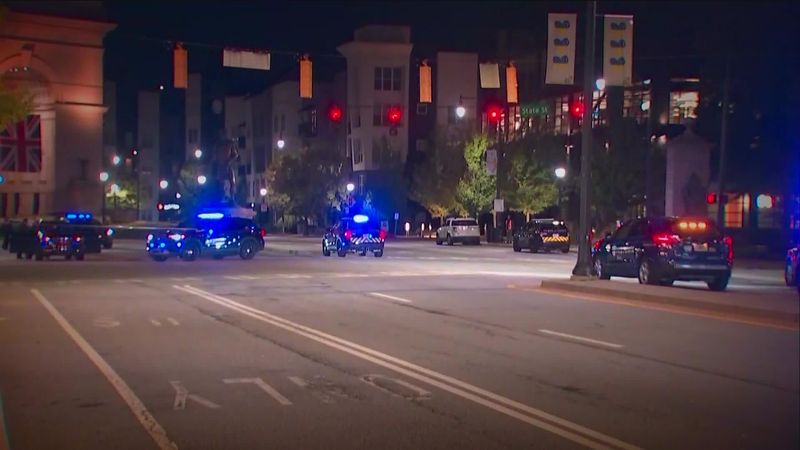
Atlanta’s curfew is a part of a broader set of safety ordinances across Georgia municipalities, intended to protect minors and prevent nocturnal disturbances. Typically, the city’s curfew hours span from 11 p.m. to 6 a.m. This policy reflects Atlanta’s commitment to ensuring the safety of its young residents and maintaining public order. By enforcing curfews, Atlanta aims to reduce youth participation in nighttime activities that may lead to adverse events. The city continues to review its approach, adjusting policies as necessary to meet community needs and concerns.
10. Phoenix, Arizona
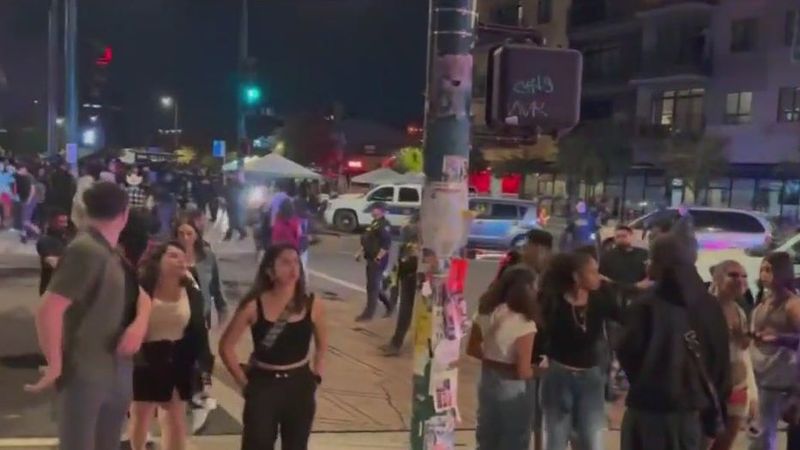
Phoenix adopted city-wide curfews in the 1990s, responding to concerns over gang violence and youth safety. The curfew prohibits minors from being in public spaces during late hours, with specific times varying by age and day of the week. This policy is part of Phoenix’s broader efforts to enhance safety and reduce juvenile crime. The city’s strict enforcement reflects its commitment to protecting young residents and preserving public peace. By maintaining these regulations, Phoenix aims to deter youth from engaging in activities that might lead to negative outcomes.
11. Louisville, Kentucky
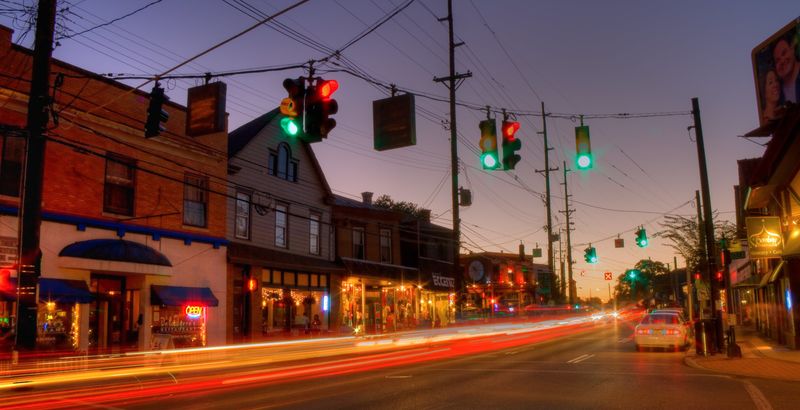
Louisville’s curfew laws have a historical basis, originating in the late 19th to early 20th century. These regulations were designed to ensure that minors were not on city streets during late-night hours. The curfew aims to protect young residents from potential dangers and reduce their involvement in nighttime activities that may lead to trouble. While the city respects historical precedents, it also adapts its approach to meet contemporary needs. Curfews remain a critical tool in Louisville’s strategy to enhance community safety and foster a secure environment for its youth.
12. Lincoln, Nebraska
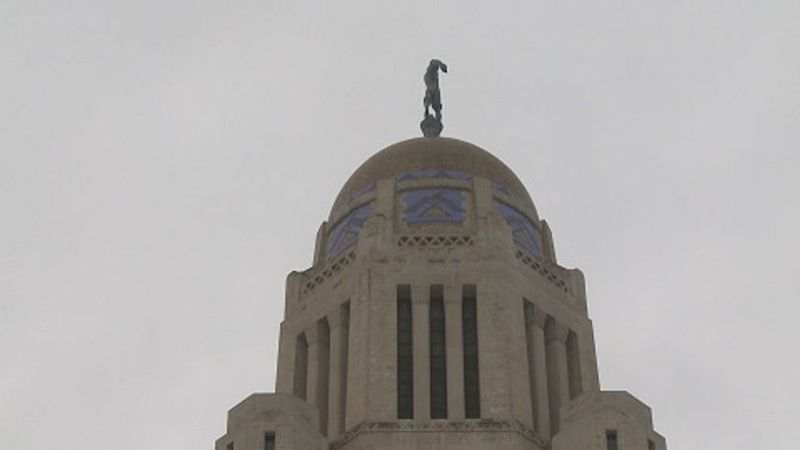
In Lincoln, curfew regulations for minors have been documented for over a century, highlighting a longstanding commitment to youth safety. The city’s curfew laws aim to deter minors from being on the streets during late-night hours, preventing potential involvement in undesirable activities. These measures reflect Lincoln’s dedication to fostering a safe environment for its residents, emphasizing the importance of community well-being. By maintaining curfew laws, Lincoln seeks to ensure that its youth are protected and guided towards positive paths, avoiding situations that may lead to negative consequences.
13. Multiple Smaller Cities (Michigan, Maryland)
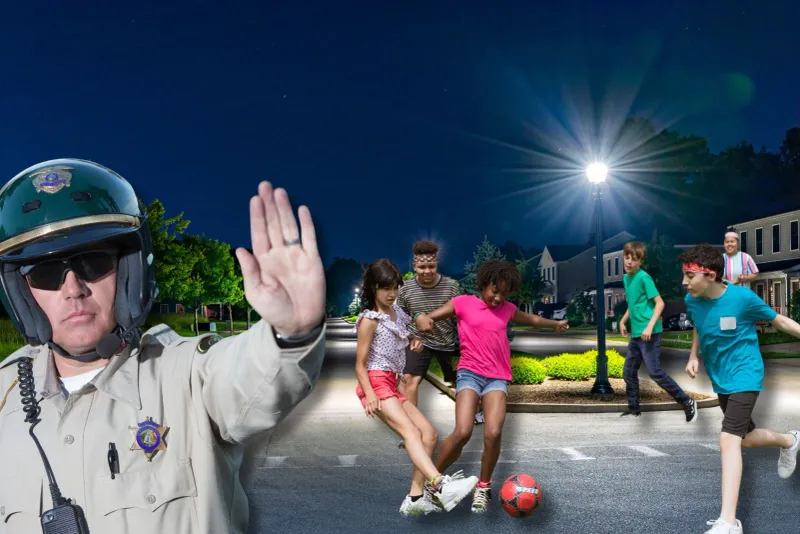
Many smaller cities across Michigan and Maryland have implemented curfews to enhance youth safety and community order. For instance, several towns in Michigan prohibit minors under 12 from being out between 10 p.m. and 6 a.m. Similarly, communities in Maryland, like Montgomery County, enforce curfews tied to youth safety concerns. These regulations aim to prevent juvenile crime and ensure that minors are home during late hours. Such policies demonstrate the commitment of these smaller cities to maintaining public safety and protecting their younger residents from potential risks associated with late-night activities.

